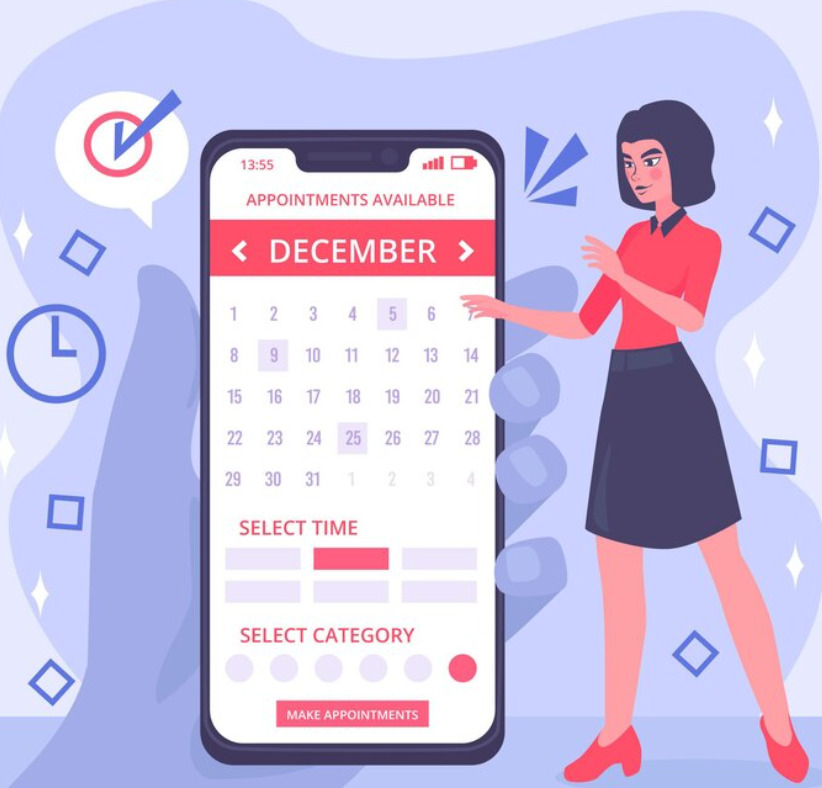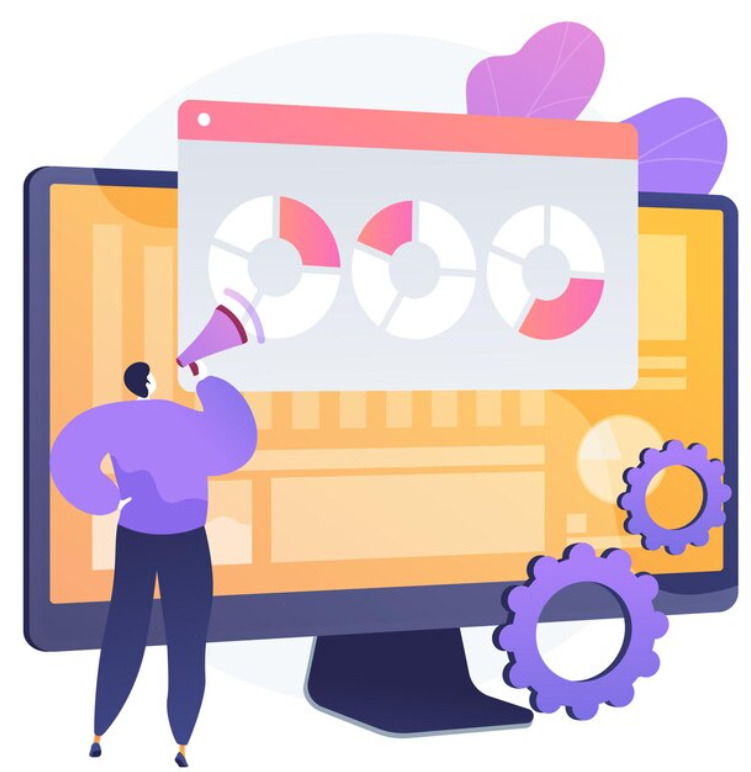Document employee vacations effectively is crucial for maintaining a well-organized and transparent work environment.
Documenting employee vacations is a crucial aspect of managing a workforce efficiently. It not only ensures that there is adequate coverage and that business operations run smoothly but also helps in maintaining employee morale by respecting their time off. Here are some guidelines and best practices for documenting employee vacations effectively.
Day Off App is the #1 tracker for your team’s PTO, vacations and absences, Day Off will help you track your team’s leaves and absences in one place. In seconds you will set up your leave policies, approval workflow and enjoy a unique experience, integrate with Google Kalender, Outlook Calendar and Slack.
Establish a Clear Policy
First and foremost, it’s important to have a clear vacation policy in place. This policy should outline how vacation time is earned, how it can be taken, and any rules regarding notice periods for vacation requests. Make sure this policy is easily accessible to all employees, ideally in your employee handbook or through an internal company portal.
Use a Centralized System
Document employee vacations, use a centralized system accessible by HR, managers, and employees. This could be a specialized HR software, a shared online calendar, or a cloud-based project management tool. The system should allow employees to request time off and managers to approve it. It should also enable HR to track the accumulation and use of vacation time to ensure accuracy and fairness.
Keep Records Up-to-Date
Ensure that records are updated in real-time or as close to it as possible. When an employee requests time off and it’s approved, this should immediately be reflected in the system. This helps avoid scheduling conflicts and ensures transparency across the organization.
Communicate Clearly
Communication is key in the Document employee vacations. Automated notifications from your vacation tracking system can alert team members and managers about upcoming absences. Additionally, remind employees to communicate their vacation plans with their team, especially if they’re working on collaborative projects.
Provide Access to Vacation Balances
Employees should be able to view their vacation balances easily. This transparency helps them plan their time off better and ensures that they’re aware of their entitlements. Day Off app. offers a self-service option where employees can log in to view their vacation balance, request time off, and see the status of their requests.
Regularly Review and Audit
Periodically review and audit vacation records to ensure accuracy and compliance with your vacation policy. This may include verifying that vacation accruals are correct, checking that all vacation time is properly documented and approved, and ensuring that there are no discrepancies in the records.
Address Discrepancies Promptly
If discrepancies or conflicts arise, address them promptly. This might involve correcting errors in vacation balances, mediating between employees and managers over vacation requests, or updating the vacation policy to reflect changes in labor laws or company procedures.
Train Managers and Employees
Finally, provide training for managers and employees on how to use the vacation tracking system. This should include how to request time off, how to approve requests, and how to check vacation balances. Regular refresher courses can help ensure that everyone is up to speed on the process.
Conclusion
Documenting employee vacations effectively requires a clear policy, a centralized tracking system, and good communication. By following these best practices, organizations can ensure that vacation time is managed fairly and efficiently, contributing to a positive work environment and employee satisfaction.
you can ensure a smooth operation that respects employees’ needs for shorter breaks without impacting the business. Clear policies, a robust tracking system, and effective communication are key to managing “Day Off” requests alongside longer vacation periods, contributing to a supportive and flexible work environment.









